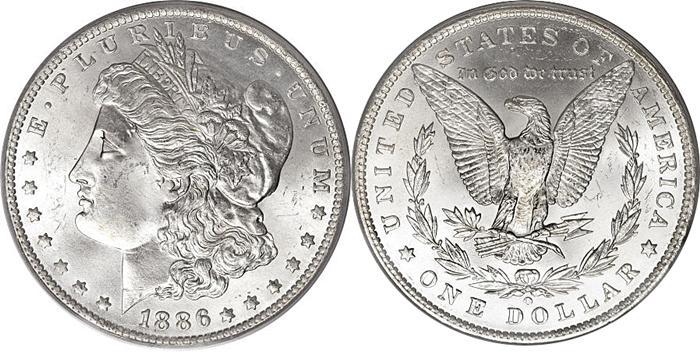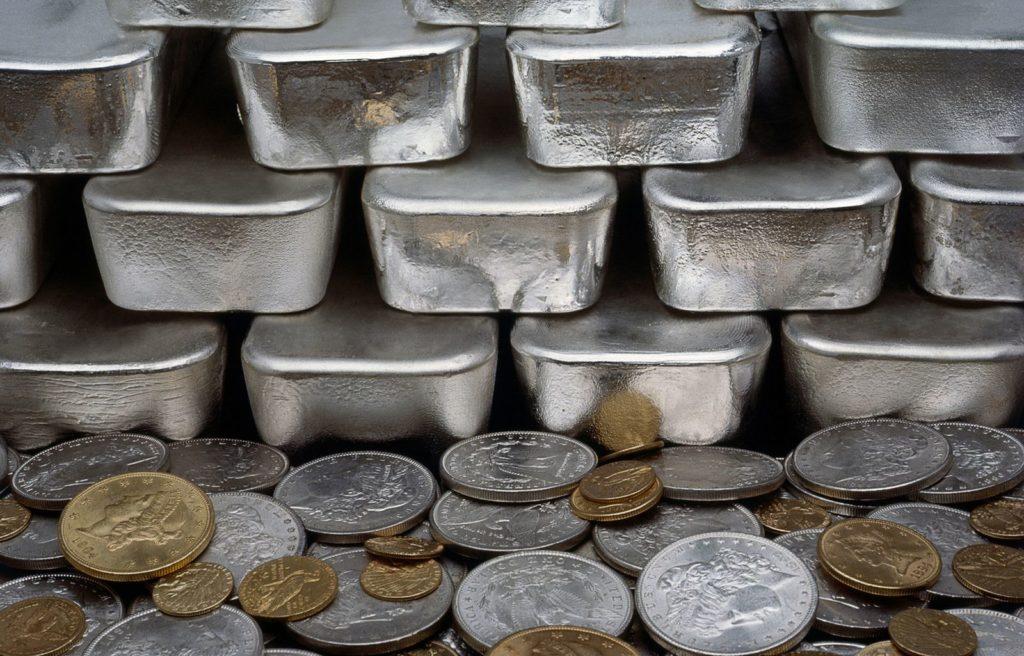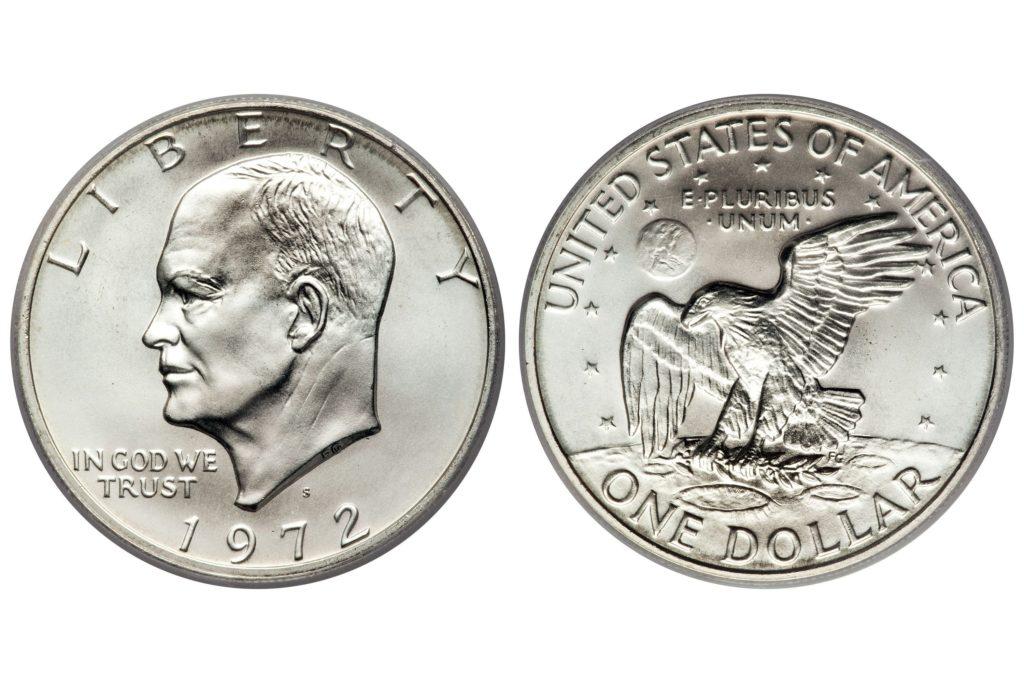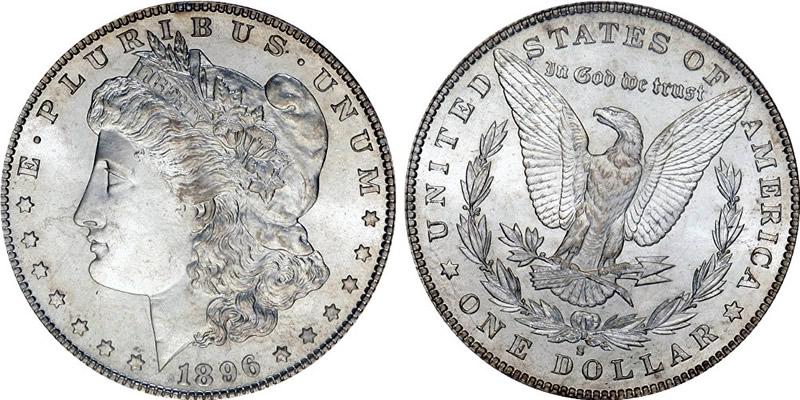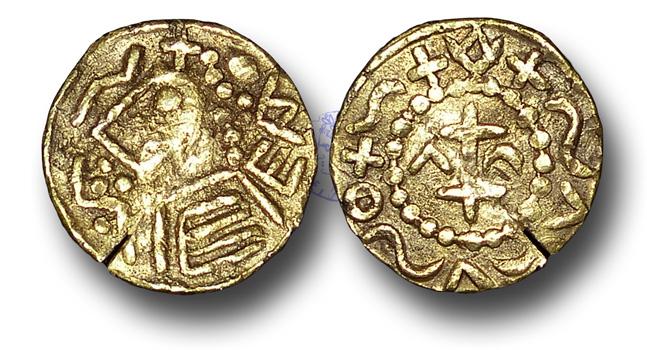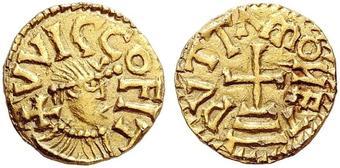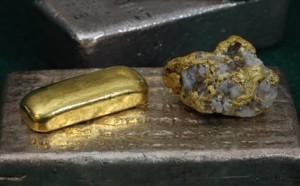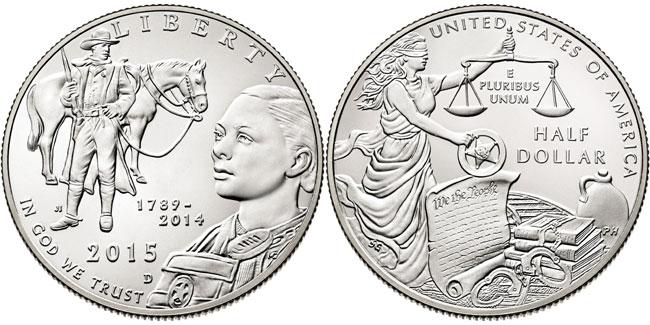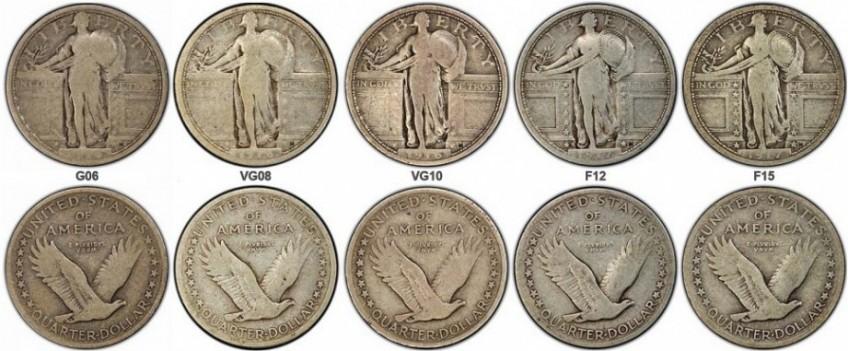5 Rare Morgan Dollar VAM Varieties You Should Search For
Morgan Dollar VAM Variety Silver Dollars Forty years ago, extensive research was published by Leroy C. Van Allen and A. George Mallis on the variation of the dies used to strike Silver dollars. The term VAM is an acronym for “Van Allen-Mallis”. Silver dollars are created by striking metal blanks with hardened dies containing the […]
5 Rare Morgan Dollar VAM Varieties You Should Search For Read More »

